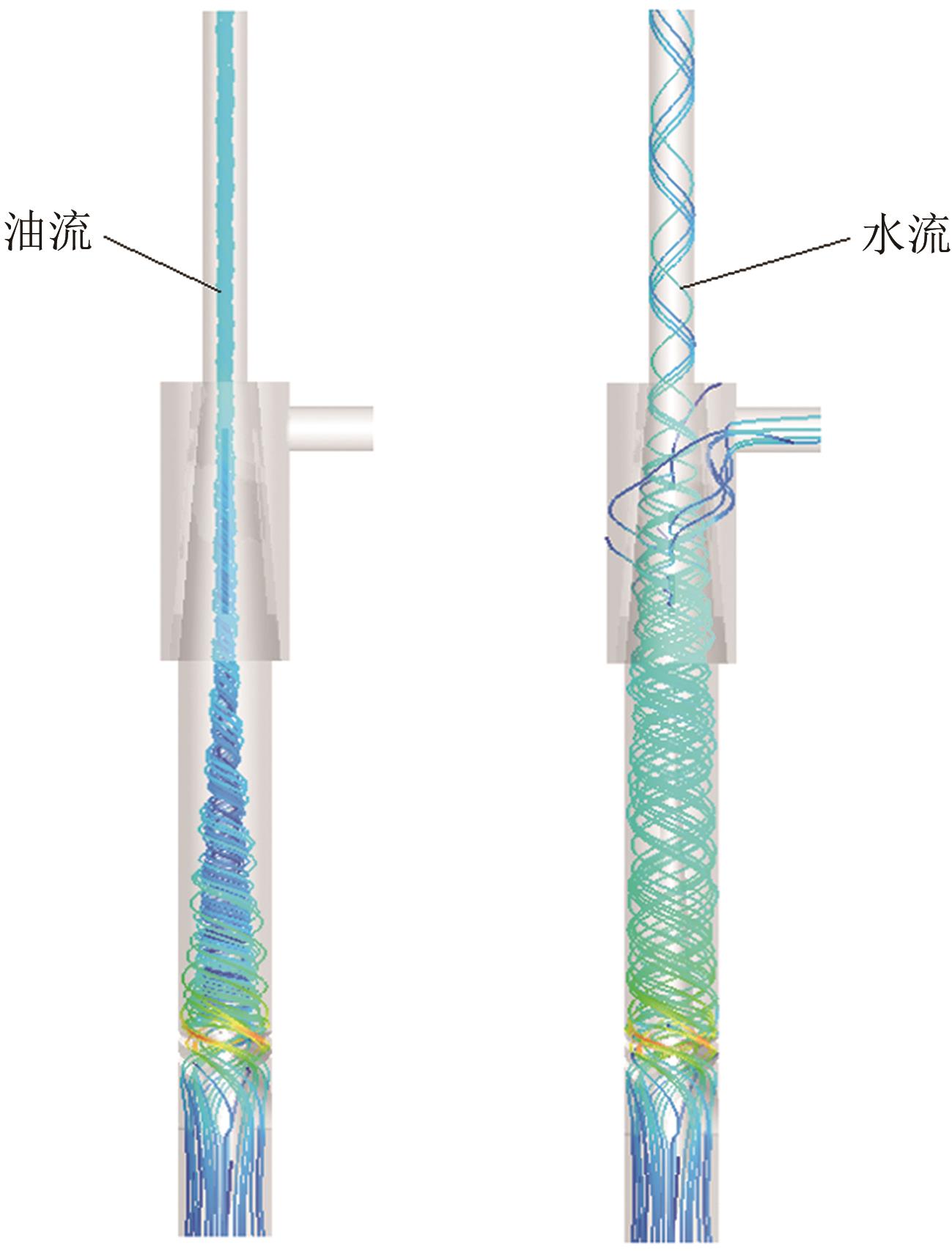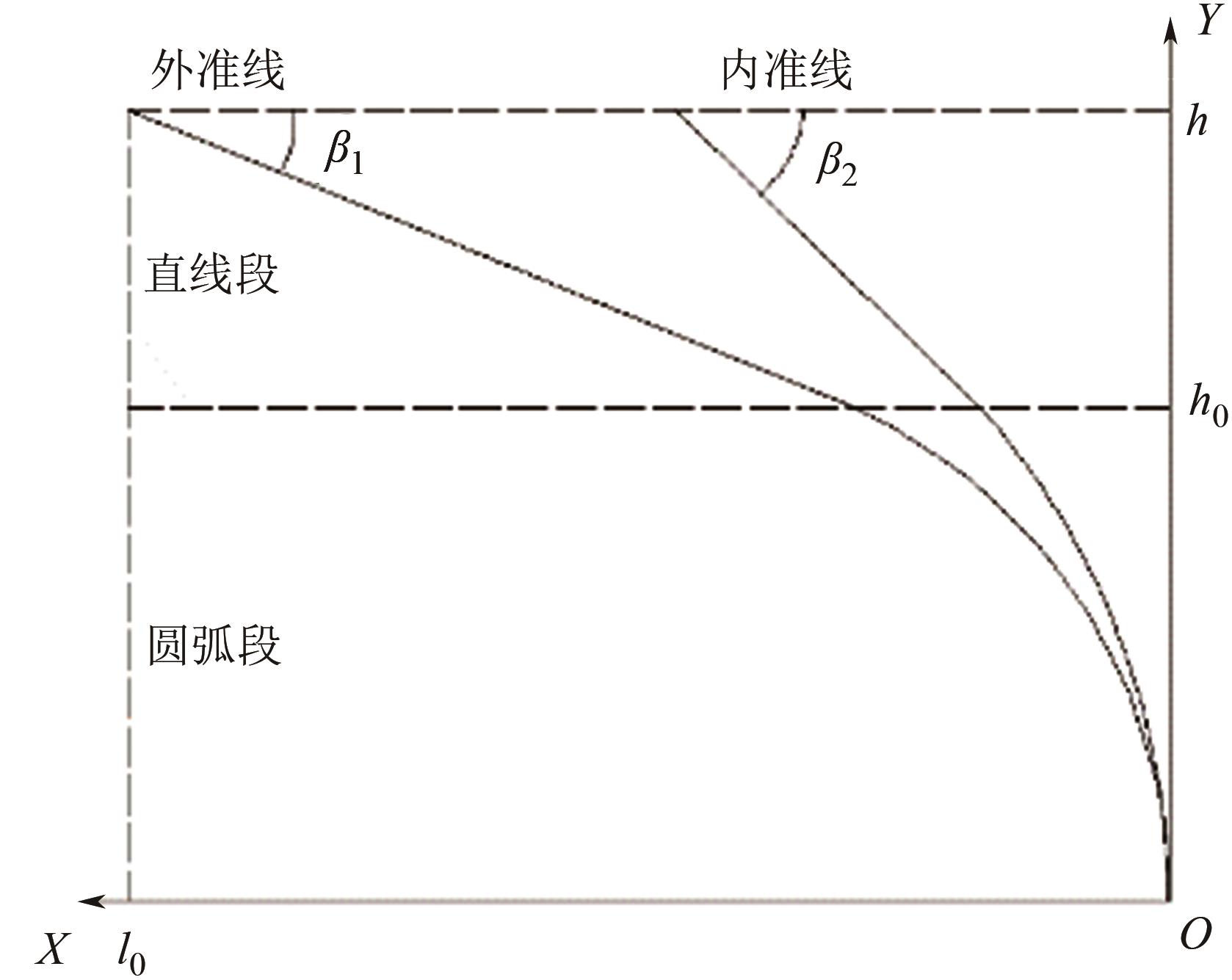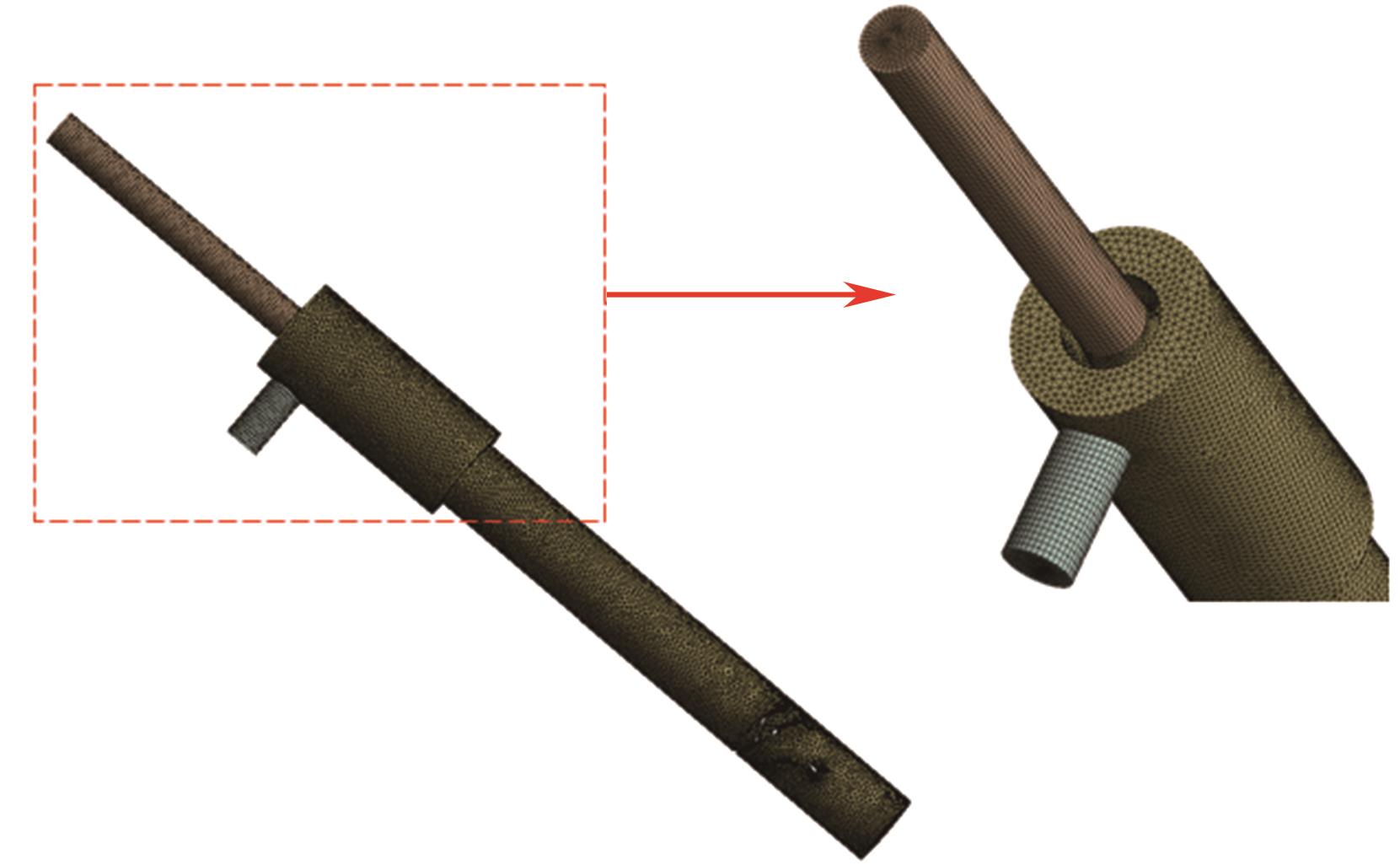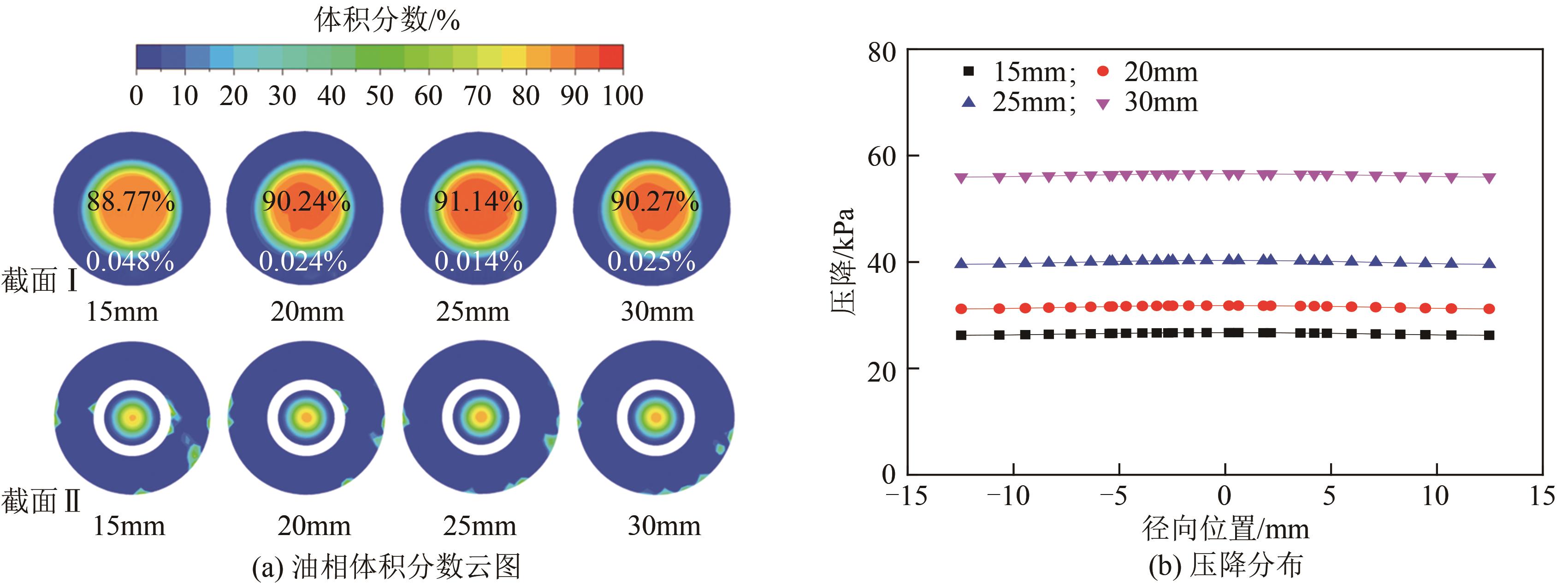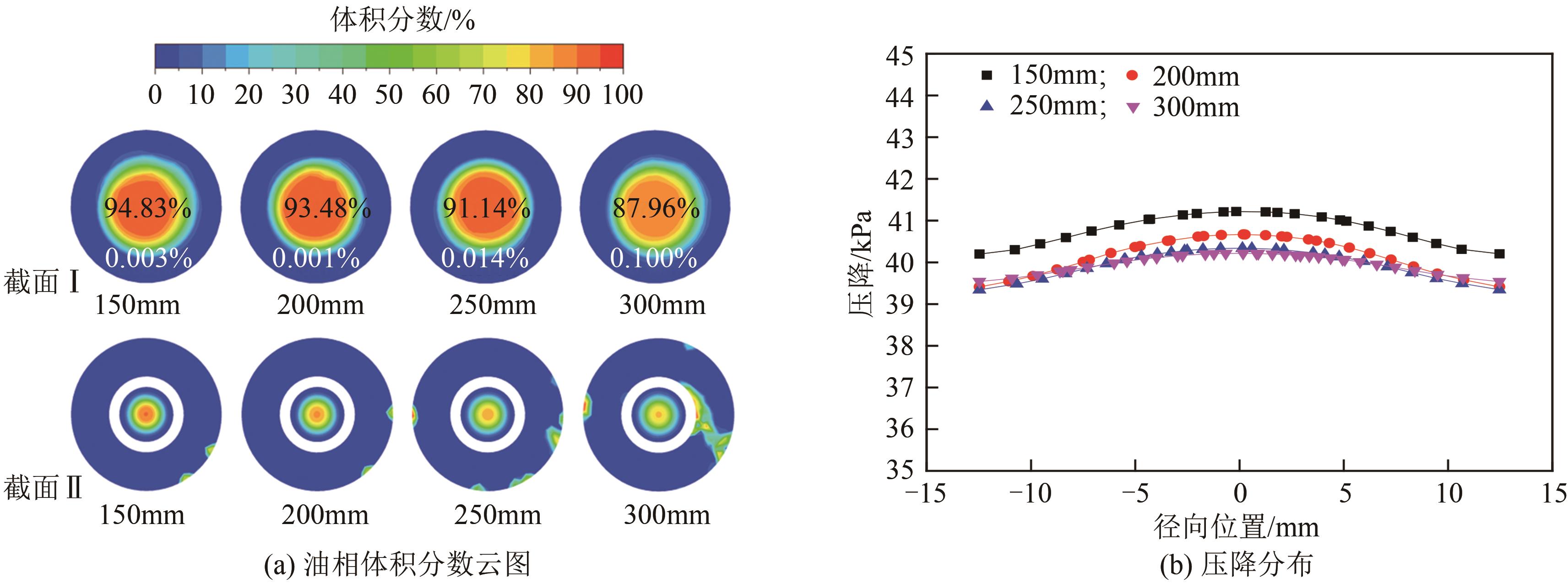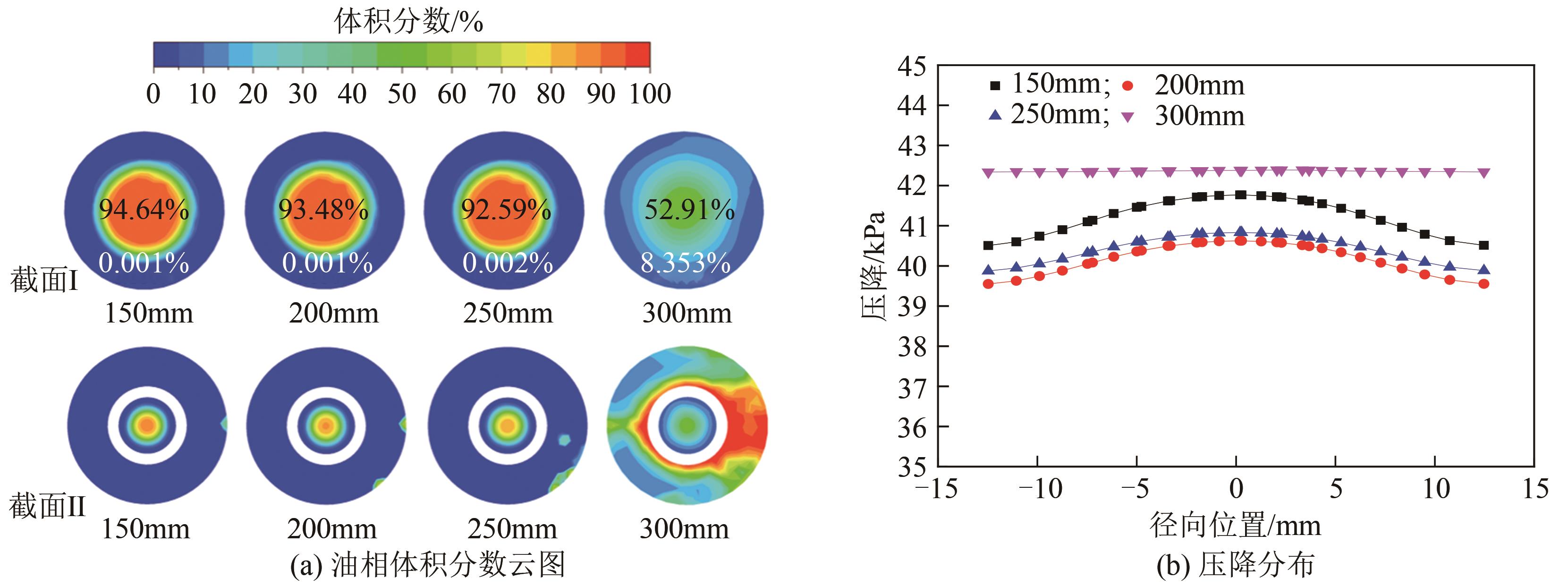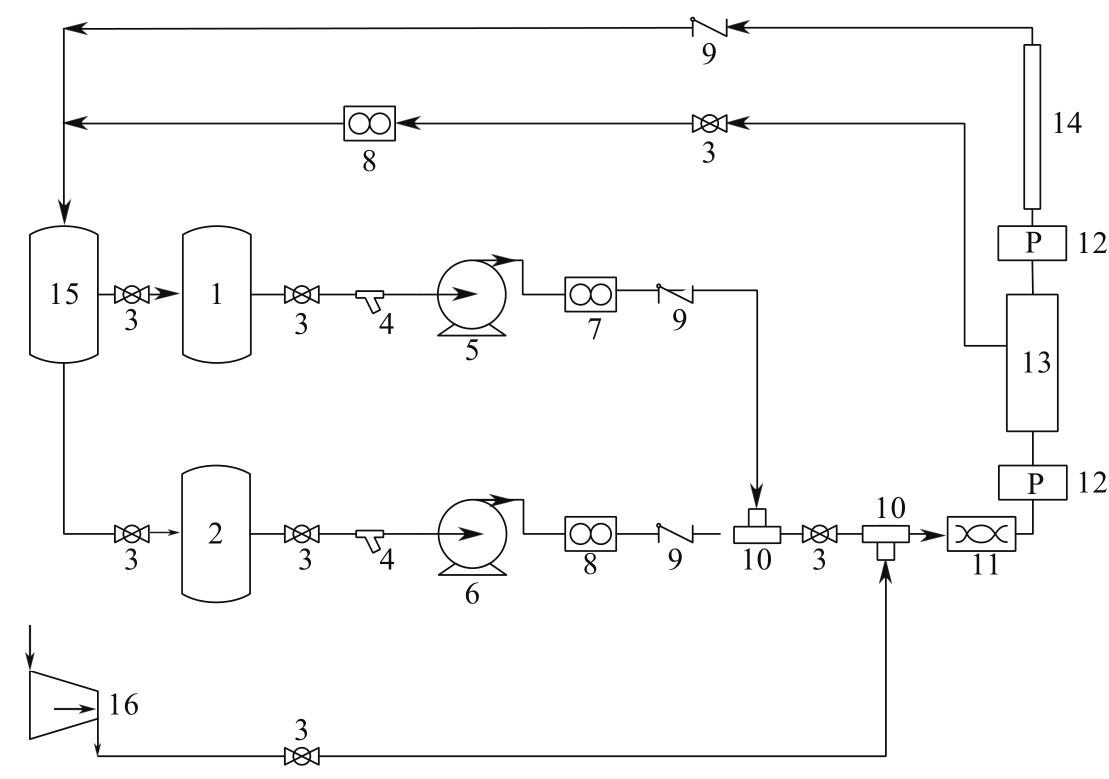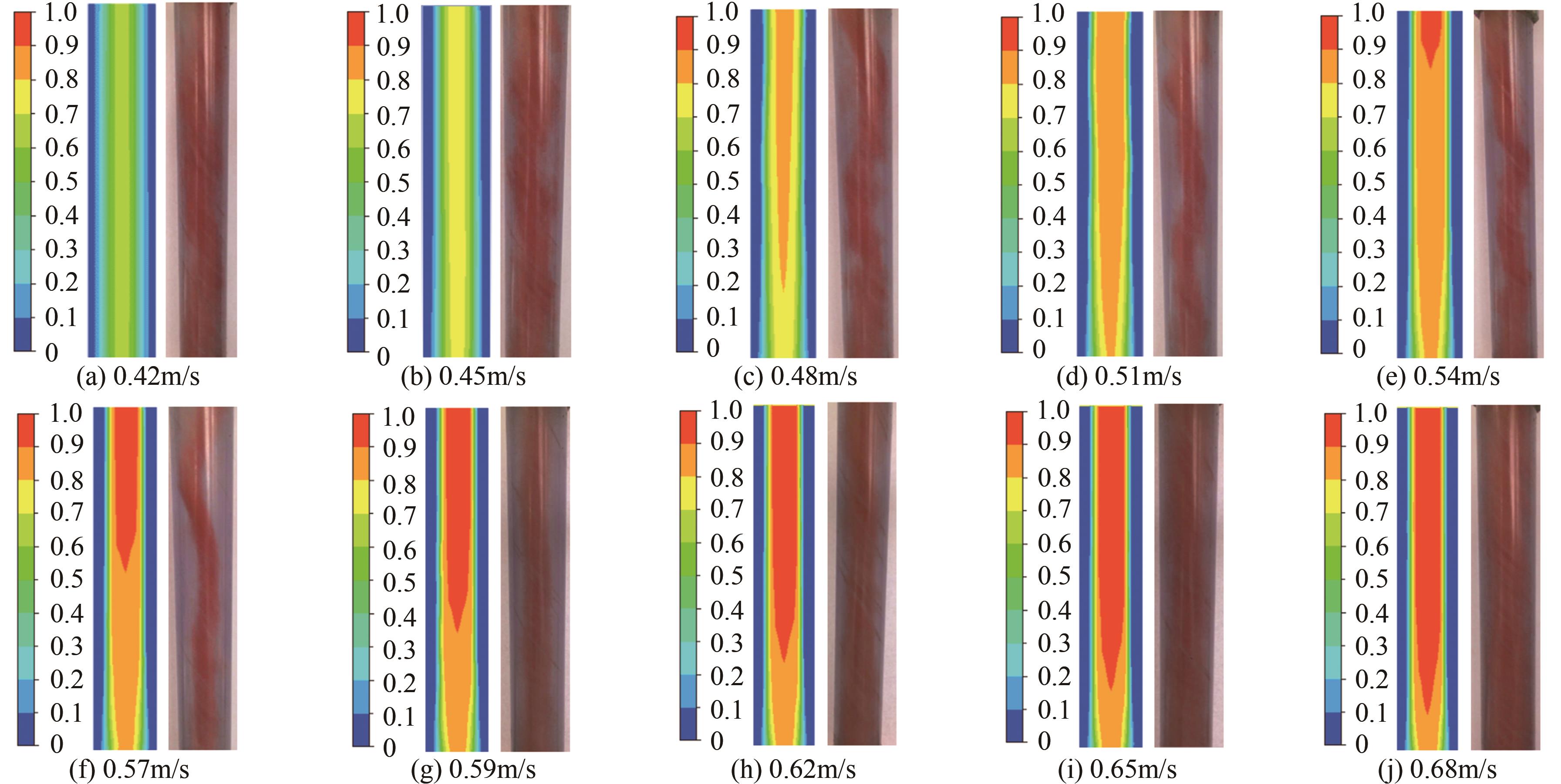| 1 |
于连东. 世界稠油资源的分布及其开采技术的现状与展望[J]. 特种油气藏, 2001, 8(2): 98-103.
|
|
YU Liandong. Distribution of world heavy oil reserves and its recovery technologies and future[J]. Special Oil & Gas Reservoirs, 2001, 8(2): 98-103.
|
| 2 |
付梅莉, 樊宏伟. 新疆北疆稠油资源分析调查[J]. 石油化工应用, 2007, 26(3): 8-11.
|
|
FU Meili, FAN Hongwei. Analysis and investigation of heavy oil resources in Northern Xinjiang[J]. Petrochemical Industry Application, 2007, 26(3): 8-11.
|
| 3 |
曲占庆, 邢建华, 张红玲, 等. 深层稠油掺稀油举升方法研究[J]. 油气地质与采收率, 2000, 7(3): 26-28.
|
|
QU Zhanqing, XING Jianhua, ZHANG Hongling, et al. Study on lifting method of deep heavy oil mixed with dilute oil[J]. Oil & Gas Recovery Technology, 2000, 7(3): 26-28.
|
| 4 |
辛福义. 井筒稠油降粘技术应用现状[J]. 内蒙古石油化工, 2010, 36(18): 100-104.
|
|
XIN Fuyi. The application situation of heavy oil wellbore viscosity reduction technology[J]. Inner Mongolia Petrochemical Industry, 2010, 36(18): 100-104.
|
| 5 |
杨智平. 井下稠油掺稀工具模拟与优化[D]. 大庆: 东北石油大学, 2017.
|
|
YANG Zhiping. Simulation and optimization of the thick oil in the well[D]. Daqing: Northeast Petroleum University, 2017.
|
| 6 |
王帅, 杨杨, 张兴凯, 等. 竖直管内油水分隔技术研究初探[C]//青岛: 高等学校工程热物理第二十届全国学术会议, 2014.
|
|
WANG Shuai, YANG Yang, ZHANG Xingkai, et al. Preliminary study on oil-water separation technology in vertical pipe[C]//Qingdao: The 20th National Academic Conference on Engineering Thermophysics of Colleges and Universities, 2014.
|
| 7 |
郭省学. 油水两相流管内相分隔技术数值模拟及实验研究[J]. 机床与液压, 2019, 47(3): 90-93.
|
|
GUO Shengxue. Numerical simulation and experimental study on internal phase separation technique in oil-water two-phase flow[J]. Machine Tool & Hydraulics, 2019, 47(3): 90-93.
|
| 8 |
姜兴伟. 轴流式管内旋流器设计与实验[J]. 中国计量, 2019(4): 86-87.
|
|
JIANG Xingwei. Design and experiment of axial flow cyclone in tube[J]. China Metrology, 2019(4): 86-87.
|
| 9 |
蒋明虎, 陈世琢, 李枫, 等. 紧凑型轴流式除油旋流器模拟分析与实验研究[J]. 油气田地面工程, 2010, 29(9): 18-20.
|
|
JIANG Minghu, CHEN Shizhuo, LI Feng, et al. Simulation analysis and experimental research on deoiling hydrocyclone[J]. Oil-Gas Field Surface Engineering, 2010, 29(9): 18-20.
|
| 10 |
LIU Meili, CHEN Jiaqing, CAI Xiaolei, et al. Oil-water pre-separation with a novel axial hydrocyclone[J]. Chinese Journal of Chemical Engineering, 2018, 26(1): 60-66.
|
| 11 |
ANDRÉ D R, ANTONIO C B, MARCELO M G. Effects of inlet boundary conditions in an axial hydrocyclone[J]. Journal of the Brazilian Society of Mechanical Sciences & Engineering, 2017, 39(9): 3425-3437.
|
| 12 |
SHI S Y, XU J Y. Flow field of continuous phase in a vane-type pipe oil-water separator[J]. Experimental Thermal and Fluid Science, 2015, 60: 208-212.
|
| 13 |
杜仕林, 蒋文明, 刘扬, 等. 螺旋流液环水膜合流器: CN206247037U[P]. 2017-06-13.
|
|
DU Shilin, JIANG Wenming, LIU Yang, et al. Spiral flow liquid ring water film combiner: CN206247037U[P]. 2017-06-13.
|
| 14 |
杨兴满. 底锥旋流、叶轮式给水磁选柱: CN203425904U[P]. 2014-02-12.
|
|
YANG Xingman. Bottom cone swirl, impeller type feed water magnetic separation column: CN203425904U[P]. 2014-02-12.
|
| 15 |
檀家桐, 敬加强, 罗平亚, 等. 一种井筒用多功能管式润滑元件: CN108518202A[P]. 2018-09-11.
|
|
TAN Jiatong, JING Jiaqiang, LUO Pingya, et al. Multifunctional tubular lubricating element for wellbore: CN108518202A[P]. 2018-09-11.
|
| 16 |
王志杰, 李枫, 赵立新. 含聚浓度对旋流器性能影响的数值模拟与试验[J]. 化工进展, 2019, 38(12): 5287-5296.
|
|
WANG Zhijie, LI Feng, ZHAO Lixin. Numerical simulation and experimental study on the effect of polymer concentration on hydrocyclone performance[J]. Chemical Industry and Engineering Progress, 2019, 38(12): 5287-5296.
|
| 17 |
钟欣, 杜浩宇, 朱诗杰, 等. 不同数量并联微旋风分离器分离性能影响研究[J]. 高校化学工程学报, 2019, 33(3): 548-556.
|
|
ZHONG Xin, DU Haoyu, ZHU Shijie, et al. Effects of numbers of parallel micro-cyclone separators on separation performance[J]. Journal of Chemical Engineering of Chinese Universities, 2019, 33(3): 548-556.
|
| 18 |
邢雷, 蒋明虎, 张勇, 等. 入口形式对旋流器内油滴聚结特性影响研究[J]. 高校化学工程学报, 2018, 32(6): 1322-1331.
|
|
XING Lei, JIANG Minghu, ZHANG Yong, et al. Effects of inlet structure on oil droplet coalescence in hydrocyclone[J]. Journal of Chemical Engineering of Chinese Universities, 2018, 32(6): 1322-1331.
|
| 19 |
王朝阳, 杨强, 许萧, 等. 旋流脱气性能影响因素的CFD模拟[J]. 化工进展, 2015, 34(6): 1569-1575, 1581.
|
|
WANG Chaoyang, YANG Qiang, XU Xiao, et al. CFD simulation of influence factors of degassing performance of hydrocyclone[J]. Chemical Industry and Engineering Progress, 2015, 34(6): 1569-1575, 1581.
|
| 20 |
吴奇霖, 张健. 水平圆管内油水两相分散混合液的流动特征[J]. 水动力学研究与进展(A辑), 2019, 34(6): 788-794.
|
|
WU Qilin, ZHANG Jian. Investigation on the characteristics of oil-water two-phase dispersed flow in horizontal pipes[J]. Chinese Journal of Hydrodynamics, 2019, 34(6): 788-794.
|
| 21 |
任欢, 赵兵涛, 王东燊, 等. 颗粒负荷对小型旋风器性能影响的模拟分析[J]. 化工进展, 2020, 39(3): 882-889.
|
|
REN Huan, ZHAO Bingtao, WANG Dongshen, et al. Simulation analysis of the effect of particle loadings on the performance of small cyclone[J]. Chemical Industry and Engineering Progress, 2020, 39(3): 882-889.
|
 ), 黄婉妮1(
), 黄婉妮1( ), 宋学华3, 罗佳琪1, 宋扬1, 戢慧4, 罗遒汉1, 王思汗5
), 宋学华3, 罗佳琪1, 宋扬1, 戢慧4, 罗遒汉1, 王思汗5
 ), HUANG Wanni1(
), HUANG Wanni1( ), SONG Xuehua3, LUO Jiaqi1, SONG Yang1, JI Hui4, LUO Qiuhan1, WANG Sihan5
), SONG Xuehua3, LUO Jiaqi1, SONG Yang1, JI Hui4, LUO Qiuhan1, WANG Sihan5
